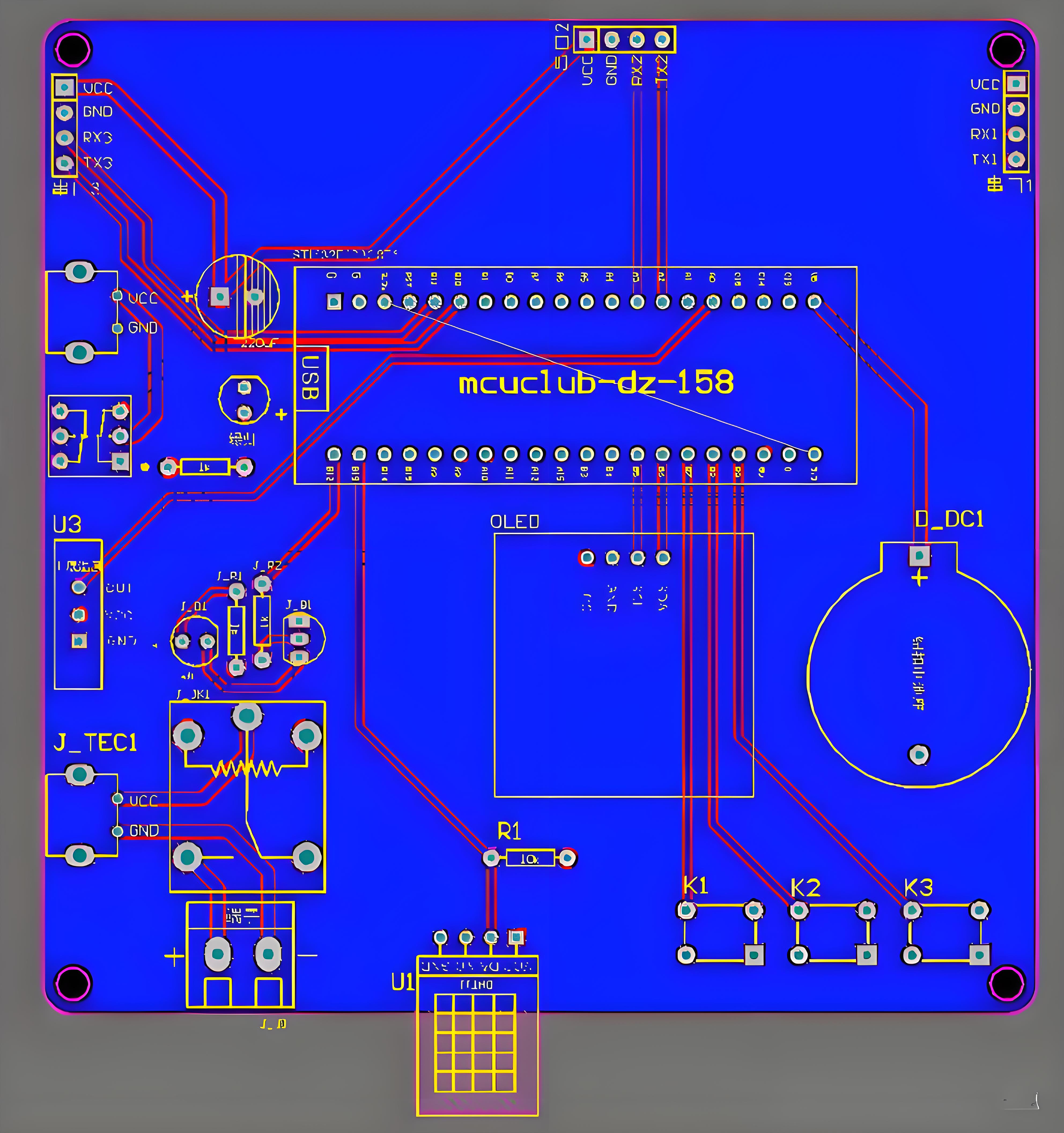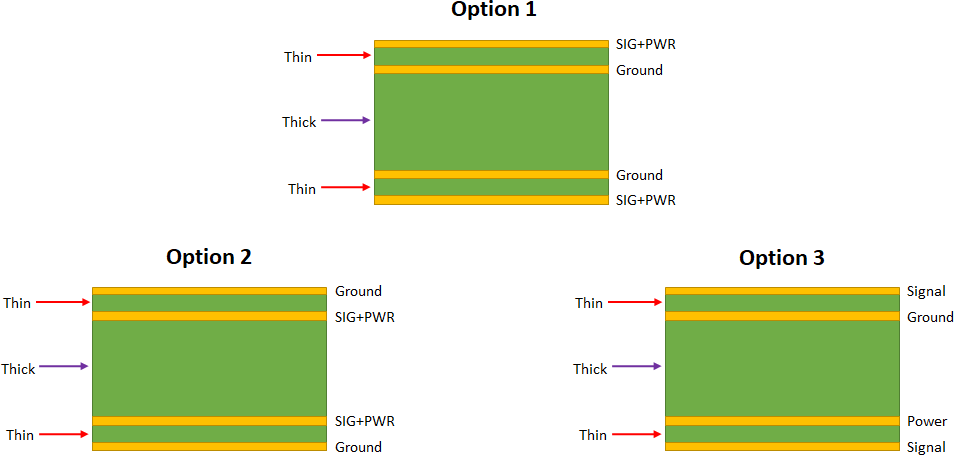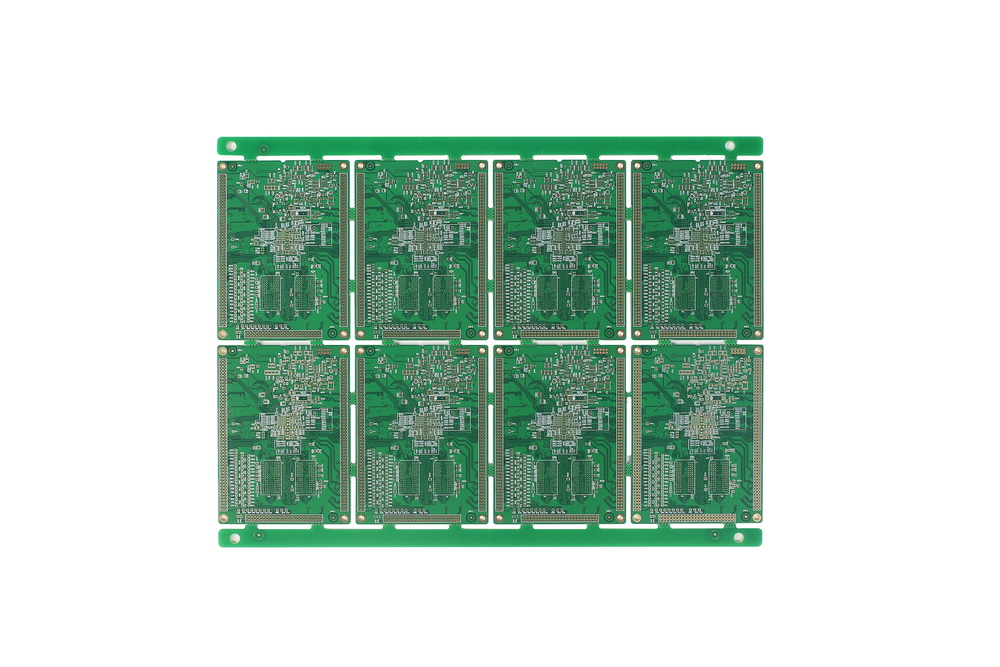In the rapidly evolving world of precision agriculture, agricultural sensors play a vital role in monitoring soil conditions, weather patterns, and crop health. However, designing a printed circuit board (PCB) for these sensors requires a delicate balance between high performance and cost-effectiveness. At ALLPCB, we understand the challenges of creating reliable and affordable solutions. This blog post dives deep into achieving that balance through cost-effective PCB design, smart PCB material selection, optimized PCB layer stackup, efficient PCB manufacturing techniques, and strategic PCB component sourcing.
Whether you’re an engineer or a business looking to develop agricultural sensor solutions, this guide will provide actionable insights to help you design PCBs that deliver results without breaking the budget. Let’s explore the key considerations and best practices for creating high-quality, affordable agricultural sensor PCBs.
Why Agricultural Sensor PCBs Need a Balance of Performance and Cost
Agricultural sensors are often deployed in harsh outdoor environments, requiring durability, precision, and reliability to collect accurate data on moisture levels, temperature, or nutrient content. At the same time, the agricultural sector often operates on tight budgets, making cost-effective PCB design a priority. A poorly designed PCB can lead to signal interference, data loss, or premature failure, while an overly expensive design can make the product uncompetitive in the market.
Balancing these factors involves making informed decisions about materials, layer configurations, manufacturing processes, and component choices. By focusing on practical design strategies, you can create a PCB that meets performance needs while keeping costs under control. Let’s break down the critical elements of this process.
1. Cost-Effective PCB Design: Laying the Foundation
The first step in designing an agricultural sensor PCB is to prioritize cost-effective PCB design without sacrificing functionality. This means focusing on simplicity and efficiency from the start. Here are some key strategies:
- Minimize Complexity: Avoid over-engineering the design. Use only the necessary components and features to meet the sensor’s requirements. For example, if a basic temperature sensor doesn’t need high-frequency signal processing, opt for a simpler circuit layout to reduce design and production costs.
- Standardize Sizes and Shapes: Stick to standard PCB sizes and shapes to avoid custom fabrication fees. Many manufacturers offer lower rates for standard dimensions, which can save up to 20-30% on production costs.
- Optimize Component Placement: Place components strategically to minimize trace lengths and reduce signal interference. This not only improves performance but also lowers the risk of costly redesigns.

2. PCB Material Selection: Finding the Right Fit
The choice of materials is a cornerstone of PCB material selection for agricultural sensor designs. The right material ensures durability in tough environmental conditions while keeping costs manageable. Here’s what to consider:
- FR-4 as a Cost-Effective Base: For most agricultural sensors, FR-4—a standard fiberglass-epoxy laminate—offers a good balance of cost and performance. It can withstand moderate temperature fluctuations and humidity, common in farming environments, and is typically priced at $0.50 to $1.00 per square inch for standard thicknesses (1.6mm).
- Consider Environmental Resistance: If the sensor will face extreme moisture or chemical exposure (e.g., fertilizers), consider adding a protective coating like conformal coating rather than opting for pricier materials. This can add just $0.10 to $0.20 per square inch but significantly extend the PCB’s lifespan.
- Thermal Management: For sensors exposed to direct sunlight, select materials with better thermal conductivity or add heat sinks to prevent overheating. While advanced materials like metal-core PCBs are more expensive, small heat sinks can be a budget-friendly alternative at roughly $0.50 per unit.
By carefully evaluating the environmental demands of your agricultural sensor, you can make informed material choices that avoid unnecessary expenses while ensuring reliability.
3. PCB Layer Stackup: Optimizing for Performance and Cost
The PCB layer stackup determines how many layers your board will have and how they are arranged. This directly impacts both performance and cost, especially for agricultural sensors that may require noise reduction and signal integrity.
- Single or Double-Layer for Simplicity: If your sensor design involves basic analog or low-frequency signals (e.g., soil moisture readings at 1-10 kHz), a single or double-layer PCB is often sufficient. These configurations can cost as little as $0.10 to $0.30 per square inch for manufacturing.
- Multi-Layer for Complex Designs: For sensors with multiple data inputs or high-frequency signals (e.g., wireless communication at 2.4 GHz), a 4-layer or 6-layer stackup may be necessary to separate power, ground, and signal planes. This reduces electromagnetic interference (EMI) but increases costs to $0.50 to $1.00 per square inch.
- Ground Planes for Noise Reduction: Include a dedicated ground plane in your stackup to shield sensitive signals from interference. This is crucial for agricultural sensors operating near heavy machinery, where EMI can distort readings.
By tailoring the layer stackup to the specific needs of your sensor, you can avoid over-specifying and keep costs down. For instance, a 4-layer board with a signal-ground-power-signal arrangement can provide excellent noise isolation for under $10 per board in small batches.

4. PCB Manufacturing Techniques: Efficiency Without Compromise
The choice of PCB manufacturing techniques can significantly influence both the quality and cost of your agricultural sensor PCB. Modern manufacturing methods offer ways to maintain high standards while keeping expenses low. Here are some approaches:
- Panelization for Bulk Production: Grouping multiple PCBs onto a single panel during manufacturing reduces material waste and lowers costs. For small agricultural sensor boards (e.g., 2x2 inches), panelization can cut per-unit costs by up to 15%.
- Surface Mount Technology (SMT): Using SMT for component assembly is faster and more cost-effective than through-hole technology, especially for compact sensor designs. SMT assembly can reduce labor costs by 30-40% compared to manual soldering.
- Design for Manufacturability (DFM): Follow DFM guidelines to avoid manufacturing issues. For example, maintain a minimum trace width of 6 mils and spacing of 6 mils to ensure compatibility with standard fabrication processes, preventing costly reworks.
Partnering with a reliable manufacturing service ensures access to advanced techniques that enhance efficiency. At ALLPCB, we prioritize streamlined processes to deliver high-quality boards at competitive prices.

5. PCB Component Sourcing: Smart Choices for Savings
PCB component sourcing is another critical area where costs can be controlled without compromising on performance. Agricultural sensors often require specific components like low-power microcontrollers, analog-to-digital converters, and rugged connectors. Here’s how to source them effectively:
- Opt for Generic Components: Whenever possible, use widely available, off-the-shelf components instead of custom or specialized parts. For example, a generic microcontroller with a clock speed of 8 MHz may cost $1.50 per unit compared to $5.00 for a branded alternative with similar specs.
- Bulk Purchasing: Order components in larger quantities to benefit from volume discounts. Purchasing 1,000 resistors might reduce the per-unit price from $0.10 to $0.05, saving significant amounts over time.
- Check for Longevity: Select components with long-term availability to avoid redesigns due to obsolescence. Use online databases to verify the lifecycle status of parts before finalizing your design.
By being strategic about component selection and sourcing, you can keep your agricultural sensor PCB within budget while maintaining reliability. Additionally, ensure that components are rated for the environmental conditions they’ll face, such as temperature ranges of -40°C to 85°C for outdoor use.
Additional Tips for Balancing Performance and Cost
Beyond the core areas discussed, here are a few extra tips to refine your agricultural sensor PCB design:
- Simulation and Testing: Use simulation tools to test your design for signal integrity and thermal performance before manufacturing. Catching issues early can save up to 50% in potential rework costs.
- Modular Design: If possible, design the PCB to be modular so that individual sections (e.g., power supply or communication module) can be replaced or upgraded without redesigning the entire board.
- Energy Efficiency: Since many agricultural sensors rely on battery power, prioritize low-power components and sleep modes to extend battery life. For instance, a microcontroller with a sleep current of 1 μA can significantly reduce power consumption.
These small adjustments can make a big difference in achieving a design that performs well in the field while staying within budget constraints.
Conclusion: Building Better Agricultural Sensor PCBs with ALLPCB
Designing a PCB for agricultural sensors is a complex task that requires careful attention to both performance and cost. By focusing on cost-effective PCB design, making informed choices in PCB material selection, optimizing PCB layer stackup, leveraging efficient PCB manufacturing techniques, and practicing smart PCB component sourcing, you can create a solution that meets the demands of precision agriculture without exceeding budget limits.
At ALLPCB, we’re committed to supporting engineers and businesses in bringing their agricultural sensor projects to life. Our expertise in PCB design and manufacturing ensures that you get high-quality boards tailored to your needs at competitive prices. Whether you’re monitoring soil moisture or tracking weather data, we’re here to help you succeed with designs that deliver value and reliability.
Start your next project with confidence by applying these principles, and let us assist you in creating PCBs that power the future of agriculture.
 ALLPCB
ALLPCB







